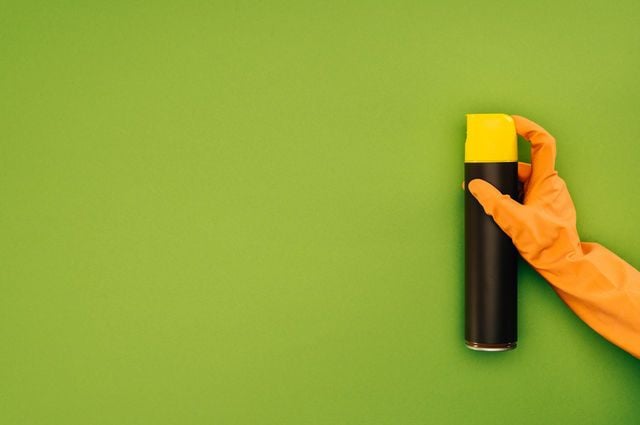Hygiene and Sustainability: How to make both work?
17 experts shared their view
Just when it seemed as if single-use plastics were slowly becoming a thing of the past, COVID-19 hit the industry. The second half of 2019 had seen more and more industry leaders making public pledges to abandon a product group that had become the infamous representative of an old and immoral, linear economy.
A few months later, the former sustainability arch-enemy is experiencing a massive comeback as a hygiene hero. COVID-19 and the fear of future pandemics are radically challenging recent approaches to product circularity/re-use by imposing enhanced hygienic standards. Keeping a strong position against single-use items might impose dramatic acquisition costs and operational distress on businesses slowly recovering from their liquidity breakdown.
Whilst pondering the reputational risk of violating hygiene law on the one side and diminished sustainability efforts on the other, the former is likely to turn up trumps.
The battle for sterility might be won by detergents containing ingredients unlikely to biodegrade in wastewater. Laundry services might cause more emissions due to an average increase of the washing temperature.
Where lies the sweet spot between hygiene rule compliance and sustainability? Must there be a trade-off? Are there Best Practices to share?
How to make it work:
1. Explore and take action on what you can do in sustainability. Some plastic items that can be reduced/swapped/eliminated, energy efficiency and carbon reduction, etc. by implementing actions plans and seeking partnerships, vendors, funding etc.
2. Sanitize hotel.
3. Open hotel safely, according to new definitions of “safely”.
4. Assess the situation in a sustainability committee or structure that is both mandated top-down and passionately represented bottom-up, looking at the current spectrum of risks and opportunities.
5. Rinse and repeat.


